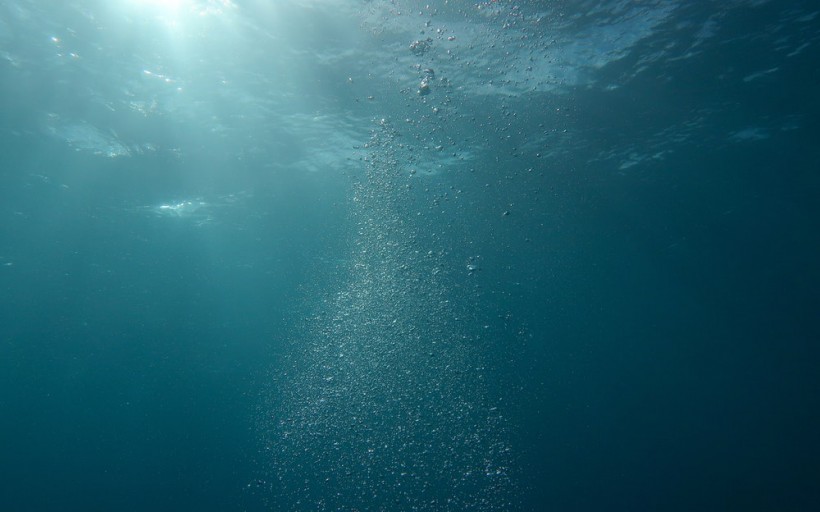
University of Miami Rosenstiel School of Marine, Atmospheric, and Earth Sciences researchers used a remotely operated vehicle and discovered rare underwater death pools in the Gulf of Aqaba.
Rare Deep-Sea Brine Pools
Underwater death pools or deep-sea brine pools are extremely salty water accumulating in seabed depressions. Researchers note in the study published in the journal Nature Communications, titled "Discovery of the deep-sea NEOM Brine Pools in the Gulf of Aqaba, Red Sea," that the conditions create one of the most extreme environments on the planet, which may offer clues to how life first appeared on the planet.
The only bodies of water recorded to host death pools that range in size from a few meters to a few square kilometers are the Gulf of Mexico, the Red Sea, and the Mediterranean Sea.
The team of UM researchers is part of the OceanX expedition, which has conducted scientific work in the Red Sea using OceaneXplorer marine research vessels. The underwater vessel carries a pair of Triton submersible vehicles that can reach depths of 1000 meters and an Arus ROV that can operate in depths up to 6,000 meters.
In the video, the brine pools lie roughly 1770 meters below the sea surface, measuring approximately 10,000 square meters in area with three smaller pools of less than ten square meters.
Sam Purkis, the first author of the study and a professor and chair of the Department of Marine Geosciences at the University of Miami, says that the team was fortunate with the discovery coming in at the last five minutes of the 10-hour ROV dive, reports UpStream.
Despite the death pools' extreme salinity and total lack of oxygen, it was teeming with "extremophile microbes" that yielded bioactive molecules with possible therapeutic benefits, including antibacterial and anticancer properties.
Purkis adds that until experts understand the limits of life on the planet, it will be challenging to determine if other planets in the universe can host other living beings. Stating the discovery of a rich community of microbes surviving in such extreme environments has the potential to trace the limits of life on the planet. It can be applied to the search for life elsewhere.
What are Brine Pools, and Why are they Extremely Salty?
According to NOAA, Brine pools can be considered lakes within oceans. Their formation and the reason behind their unique salinity is a long and winding evolution. Brine pools are small lakes on the seafloor exhibiting distinct surfaces and shorelines. It exists inside the ocean due to the significant density of its salty water compared to the water surrounding it.
During the middle Jurassic period, what we know as the Gulf was only a shallow sea that became cut off from the rest of the ocean and dried out, producing a layer of salt and seawater derived from minerals up to eight kilometers thick. When the region rifted, it reopened the ocean connection, stretched the Gulf, and dramatically deepened the basin. The salt layer was broken into large layers that extended underground during the rift.
RELATED ARTICLE: Mysterious Sleeper Shark Surfaces in the Caribbean, Stuns Experts
Check out more news and information on Ocean in Science Times.














